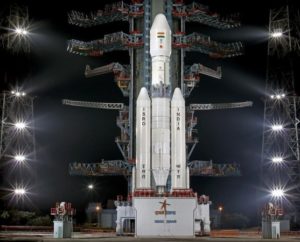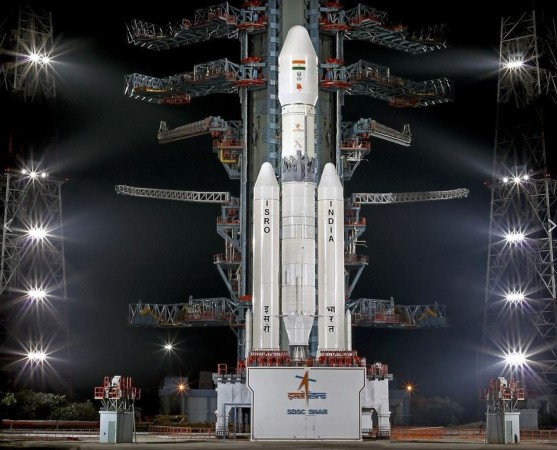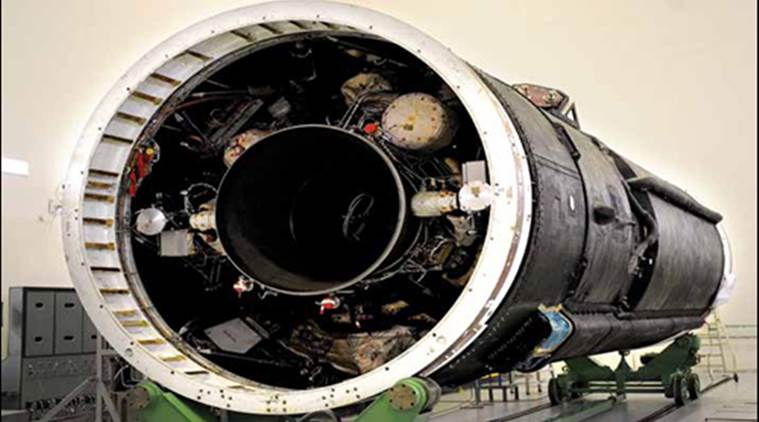
ISRO Successfully Tests Cryogenic Engine For India’s Second Moon Mission Launch
Bengaluru: On Friday, India successfully tested the cryogenic engine built for the heavy rocket and the same is expected to be used to launch the country’s second moon mission on January 3, 2019, the space agency said.

“The cryogenic engine of the Geo Satellite Launch Vehicle (GSLV MK-III) in the upper stage has been tested for the Chandrayaan-2 Mission,” said the state-run Indian Space Research Organisation (ISRO) in a statement here.
The test was a very crucial one for the moon mission to succeed and it was conducted on Thursday for about 25 seconds at the space agency’s propulsion complex located in Tamil Nadu state’s Mahendragiri, located somewhat 685km southwests of Chennai.

“The upper stage of the heavy rocket is powered by cryogenic engine, which develops a nominal thrust of 186.36 kN (kilo Newton) with a specific impulse of 442 seconds in vacuum,” noted the statement.
The engine is super cooled and operates on gas generator cycle by using liquid oxygen and hydrogen (LOX & LH2) or oxidizer.
“The test demonstrated steady state operation of engine,” said the statement.
The hot test of the cryo for flight acceptance was done at the high-altitude test facility built at the complex.
“The performance of all engine subsystems was observed to be normal during the hot test,” added the statement.
India’s second lunar mission with three humans as part of the crew will be launched from the rocketport situated at Sriharikota of Andhra Pradesh, and this is about 90 km northeast of Chennai. The mission would involve a lander and a rover. The mission would be the second one with period gap of about a decade with the first mission that was launched back in October 2008 around the natural satellite’s orbit.
Chandrayaa-2 is the second lunar exploration mission from India developed by the state-owned Indian Space Research Organisation (ISRO). As per the plan, the mission is slated to be launched to the Moon surface with the help of Geosynchronous Satellite Launch Vehicle Mark III (GSLV Mk III).
The preparations seems to allow Chandrayaan-2 to be launched in or after January 2019. And the mission will attempt to land on the moon surface a lander and a rover in a high plain located between two craters, namely Manzinus C and Simpelius N. If the mission goes successfully, then Chandrayaan-2 would become the first such mission to be launched with a rover near the lunar south pole.
You May Also Read: NITI Aayog Collaborates With Microsoft To Provide AI Accessibility Across Various Platforms In India